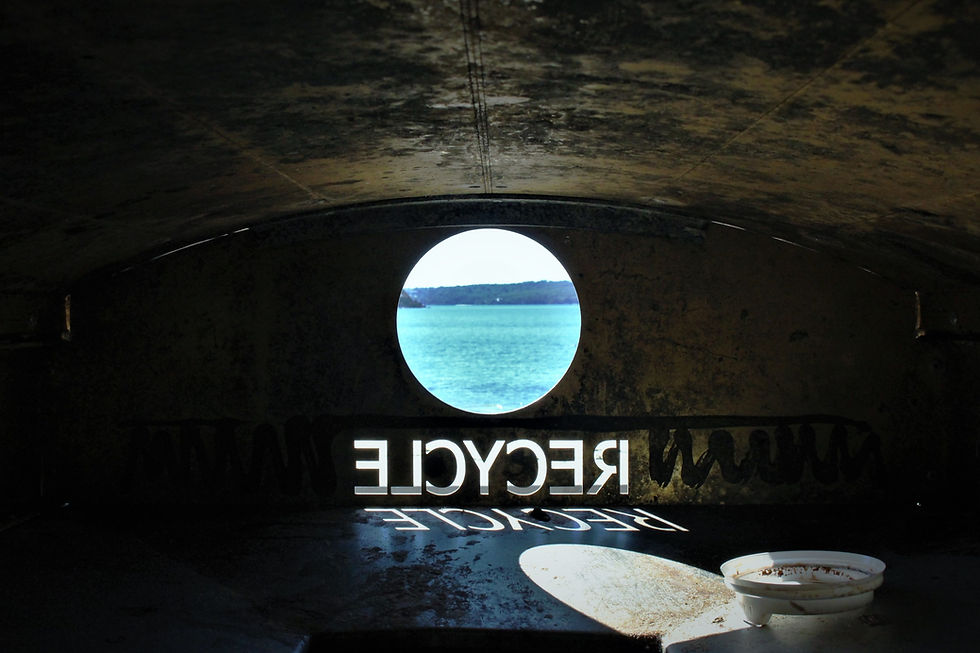What Is Recycled Polyethylene Terephthalate (rPET)?
- Everdurance

- Oct 10, 2022
- 3 min read
What is RPET? Recycled Polyethylene Terephthalate, or rPET, is made from used plastic bottles. It can be recycled and reused to make new products, such as umbrellas, bags, and picnic blankets. In this article, we will discuss what RPET is made from, how it is made and what it is used for. We will also explore the benefits of using RPET products!
What is rPET?
rPET is short for recycled polyethylene terephthalate. It is a type of plastic that is made from recycled bottles and other packaging materials. Unlike other types of recycled plastic, rPET does not require any additional processing to be turned into new products. This makes it an extremely versatile and sustainable material. In addition to being used in various consumer goods, rPET can also be used in construction and industrial applications. As the world looks for ways to become more sustainable, rPET is likely to play an increasingly important role.
How rPET is Made?
For those wanting to make the switch to sustainable products, rPET is made from recycled plastic bottles. The process begins by sorting the bottles by colour and then shredding them into small pieces. The pieces are then washed and dried to remove any impurities. Next, the pieces are melted and formed into pellets. The pellets are then cooled and cut into the desired shape. Finally, the rPET is ready to be used in manufacturing new products.
rPET is a versatile material that can be used in a wide variety of applications. It is durable and has a high melting point, making it ideal for use in products such as food containers, blister packs, and bottle caps. Additionally, rPET is recyclable, meaning that it can be reused multiple times without losing its quality. As a result, rPET is an environmentally friendly option for packaging and other applications.
Uses of rPET
Here are a few examples of how rPET can be used:
1. Packaging
One of the most common uses for rPET is in packaging. rPET can be used to create a variety of packaging products, including bottles, containers, and trays. rPET packaging is often used in the food and beverage industry as it is a safe and lightweight material that helps to keep products fresh.
2. Textiles
rPET can also be used to create textiles, such as fabric and thread. rPET fabric is often used in the production of clothing, as it is durable and environmentally friendly. Additionally, rPET fabric can be used in the production of home furnishings, such as curtains and carpets.
3. Moulded products
rPET can also be used to create moulded products, such as cups and bowls. Moulded rPET products are often used in the food industry as they are safe for contact with food and easy to clean. Additionally, moulded rPET products can be used in a variety of other industries, such as the cosmetics industry.
4. Films and sheets
rPET can also be used to create films and sheets. rPET films and sheets are often used in the packaging industry as they are lightweight and strong. Additionally, rPET films and sheets can be used in a variety of other applications, such as in the construction industry.
5. Composite materials
rPET can also be combined with other materials to create composite materials. Composite materials are materials that are made up of two or more different substances that have been combined to create a new material with desired properties. For example, rPET can be combined with wood fibres to create a composite material that is strong and lightweight.
Conclusion
Now that you know what rPET is, how it is made and what it is used for, you can see why this versatile material is becoming increasingly popular. As the world looks for more sustainable options, rPET is likely to play a major role in the future.






Comments